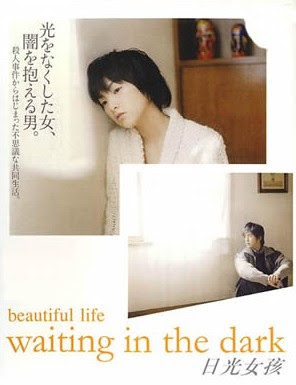

But when you read straight through, your story should be a whole being, one that evolves and changes, grows and ideally flows.īut a story doesn’t start finished. If you were to take a segment from the beginning of your story and compare it to a segment near the end, they could seem completely different. There’s a beat to it, a pulse, a melody where sometimes it gets louder, sometimes it gets softer, faster in some spots, slower in others. A lot goes into this particular topic so I’m going to break it down into some key places where problems with flow arise the most. How you present your story is going to enable that to go smoothly. You want their inner voice to be reading each word, not skipping, not stuttering, not running so fast ahead that they can’t slow down. Part of good story telling is getting your reader to feel your story. How much do you pause in your reading when you come to a period? How about your friend when they hit a coma do they pause just as long, or do they fly through them like they totally don’t exist? Why are pauses even important? And like the composition of a picture, it’s one of those skills that isn’t always easy to teach because it’s so subjective.


I feel like this is something that really defines a good story but is rarely identified unless it goes wrong. Flow and Pacing for Effective Emotional Writing


 0 kommentar(er)
0 kommentar(er)
